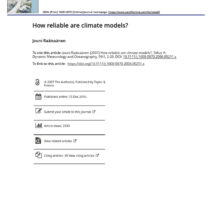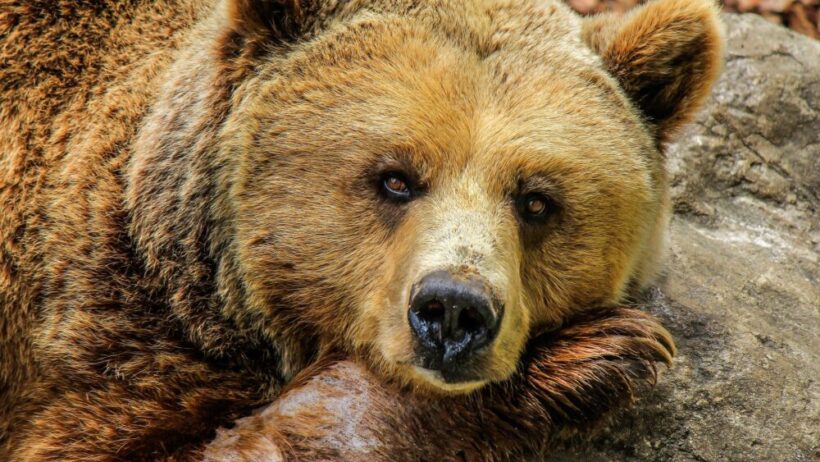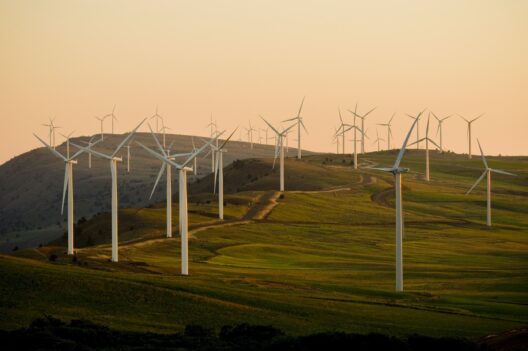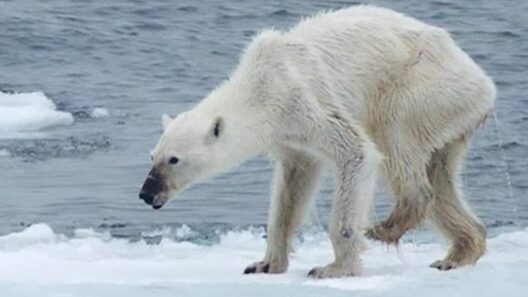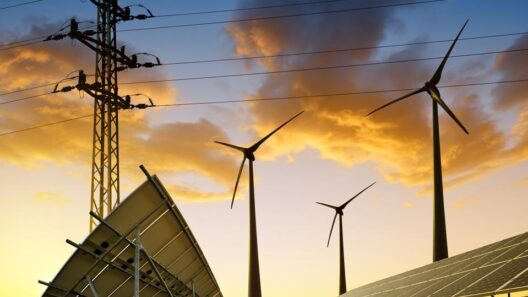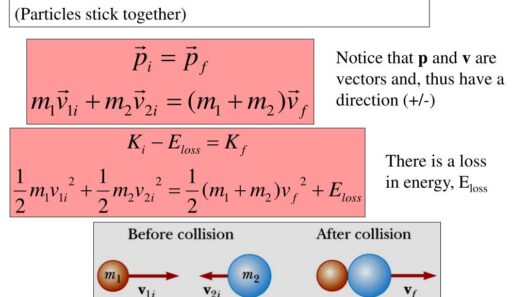Hibernation is one of nature’s most fascinating adaptations, allowing certain animals to survive prolonged periods of harsh environmental conditions by entering a state of dormancy. These remarkable creatures are not merely sleeping; they are unlocking a unique survival strategy that has evolved over millennia. In doing so, they exhibit a masterclass in energy conservation, a technique that modern science seeks to understand more deeply.
To grasp how hibernating animals conserve energy, one must first examine the physiological transformations that occur in their bodies. Typically initiated by the onset of cold weather or diminished food availability, hibernation can commence as early as late autumn. During this time, these animals prepare by accumulating fat reserves, which serve as a vital energy source throughout the dormant period.
These fat reserves are not just random deposits; they are meticulously developed to sustain the animal’s metabolism over extended periods. For instance, bears can gain up to 30% of their body weight before hibernation. This remarkable capacity to store energy is critical, allowing them to survive for months without consuming food or water.
Once in hibernation, the metabolic rate of these animals diminishes significantly. In species such as ground squirrels and certain species of bats, the metabolic rate can drop to as low as 1% of its normal rate. This dramatic reduction permits conservation of the accumulated energy. Moreover, their heart rate may plummet to 20 beats per minute, and body temperature can decrease by several degrees. Such profound physiological changes effectively reduce energy expenditure, further enhancing survival odds during the winter months.
The mechanisms underlying these physiological adaptations are complex and multifaceted. For example, during hibernation, the hypothalamus plays a crucial role. This part of the brain regulates body temperature and, consequently, metabolic activity. The hormonal changes that accompany hibernation lead to a decrease in metabolic rate that aligns with energy availability. It is a veritable symphony of biochemistry, demonstrating nature’s intricate design.
Moreover, it is essential to recognize the variations in hibernation strategies among different species. While bears are known for their long, deep hibernation, other species, such as certain rodents, engage in a lighter form of hibernation known as torpor. Torpor is a short-term hibernation state, lasting from a few hours to several days, during which an animal allows its body temperature and metabolic rate to drop significantly. Species such as the common poorwill can enter torpor to endure freezing temperatures and food scarcity, showcasing the versatility of hibernation as a survival technique.
When discussing hibernation, one cannot overlook the importance of energy metabolism. The biochemistry behind fat storage and usage during hibernation is a field of considerable interest. Hibernators often utilize a special type of fat known as brown adipose tissue. This tissue is rich in mitochondria, organelles responsible for energy production, and its primary role is to generate heat by burning calories, a process known as non-shivering thermogenesis. Thus, brown fat not only serves as an energy reservoir but also as a mechanism to maintain a viable internal temperature during cold months.
Another fascinating aspect of hibernation is the animal’s ability to adapt its circadian rhythms. Many hibernators exhibit changes in their sleep-wake cycles in response to environmental cues. This adaptation ensures that they take advantage of warmer days to forage before returning to dormancy. By synchronizing their biological clocks with external conditions, hibernating animals maximize their energy use, demonstrating an extraordinary connection with their habitats.
In addition to hibernation, some animals use strategies such as estivation—a similar dormancy state employed during periods of heat and drought. Estivation serves to conserve energy when resources become scarce due to extreme weather conditions. Animals like the African lungfish can survive dry seasons by burrowing into mud and entering a state of estivation until conditions improve, illustrating the flexibility of these survival instincts.
As climate change progresses, the impact on these energy-saving strategies is becoming increasingly relevant. Fluctuations in temperatures and changes in seasonal patterns can disrupt hibernation cycles and alter the availability of food sources. Research indicates that many hibernators face challenges due to climate variability, which can affect their metabolic preparation and, consequently, their survival rate. Habitat loss, primarily driven by human activity, further exacerbates these challenges, necessitating urgent attention to preserve these unique adaptations.
Ultimately, hibernation is more than just a fascinating biological phenomenon; it is a testament to nature’s ingenuity in optimizing resource use. By conserving energy through physiological and behavioral changes, hibernating animals embody resilience in the face of adversity. As stewards of the environment, understanding and respecting these adaptations is crucial for ensuring their survival amidst an evolving climate. Protecting their habitats and promoting biodiversity will contribute to the longevity of these remarkable species, securing their continued presence in our world.
In conclusion, the ability of hibernating animals to conserve energy serves as a powerful reminder of the interconnectedness of life and the environment. By studying these survival strategies, we gain valuable insights into nature’s exceptional adaptability and resilience—the very qualities needed to combat the challenges posed by climate change.

